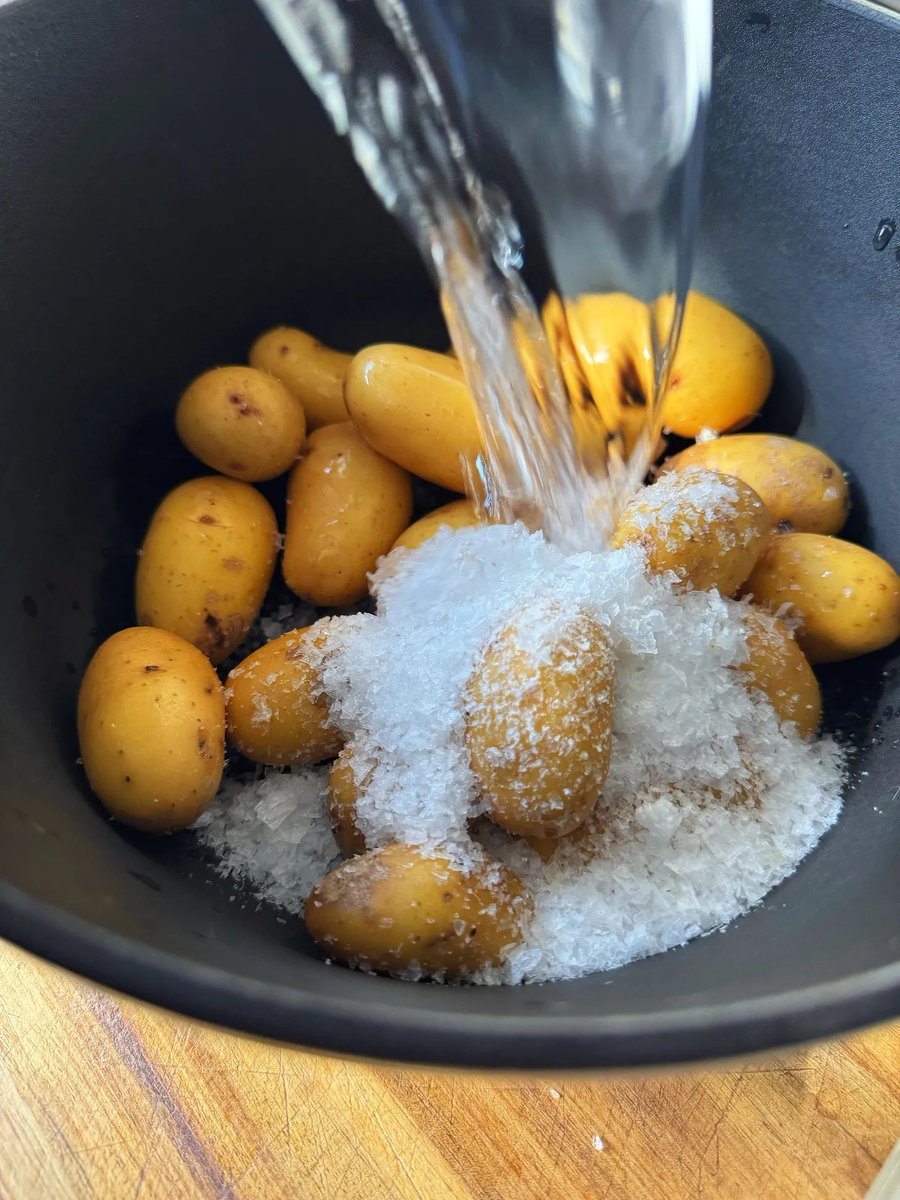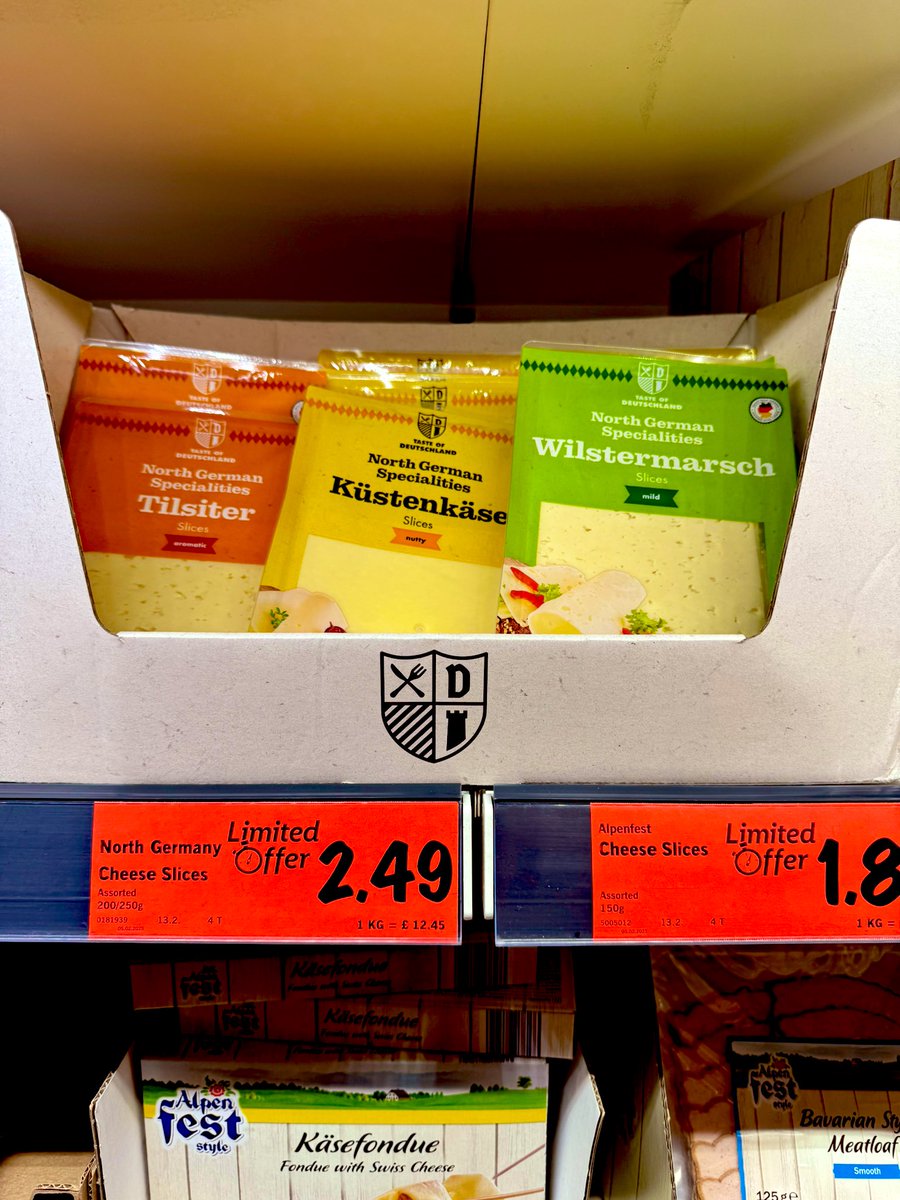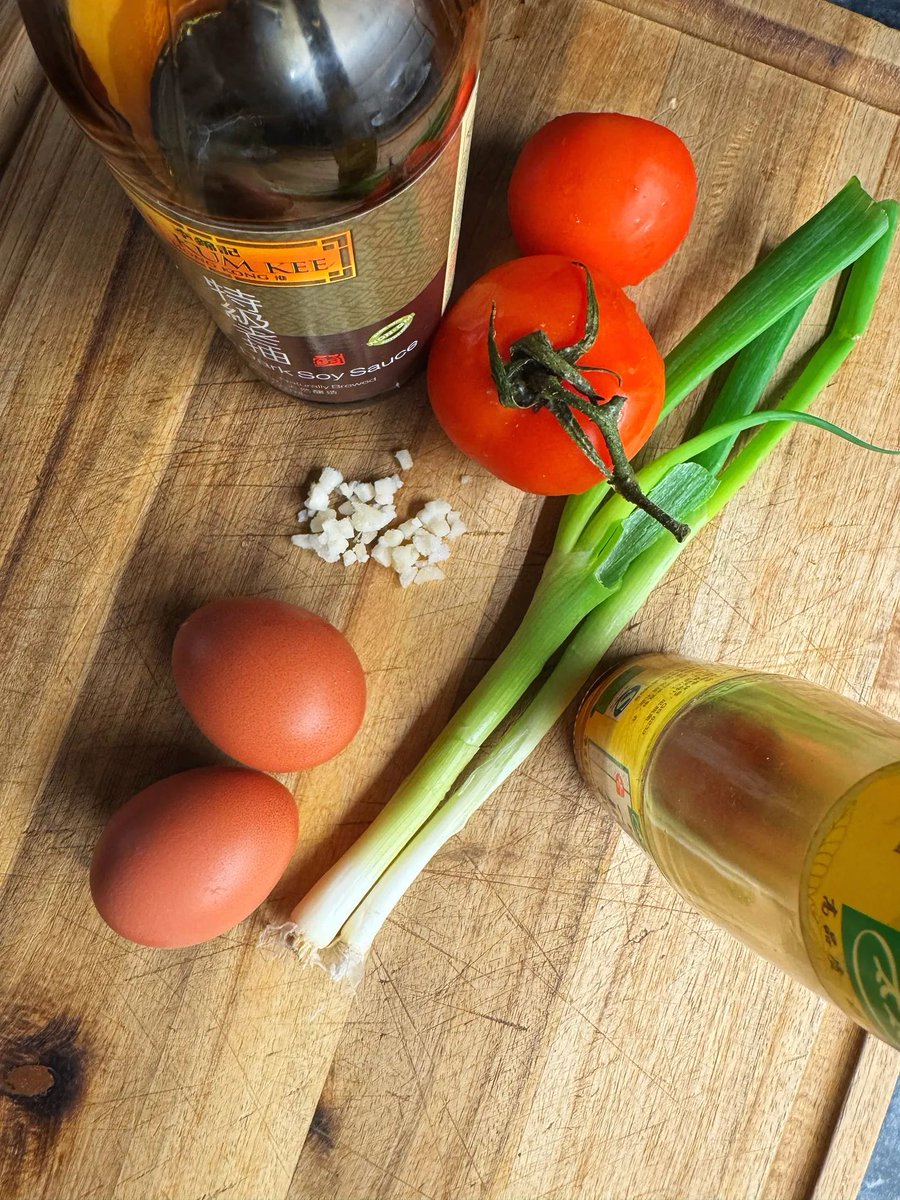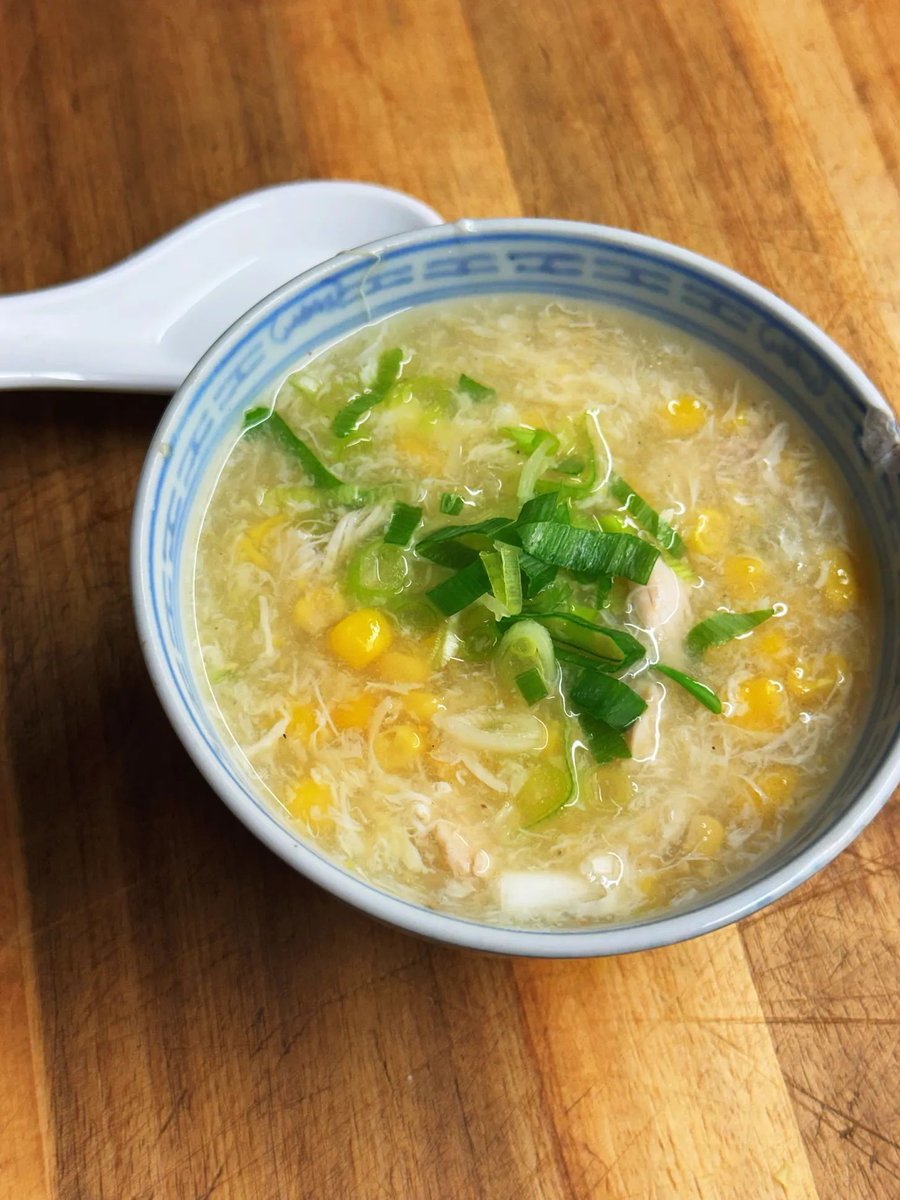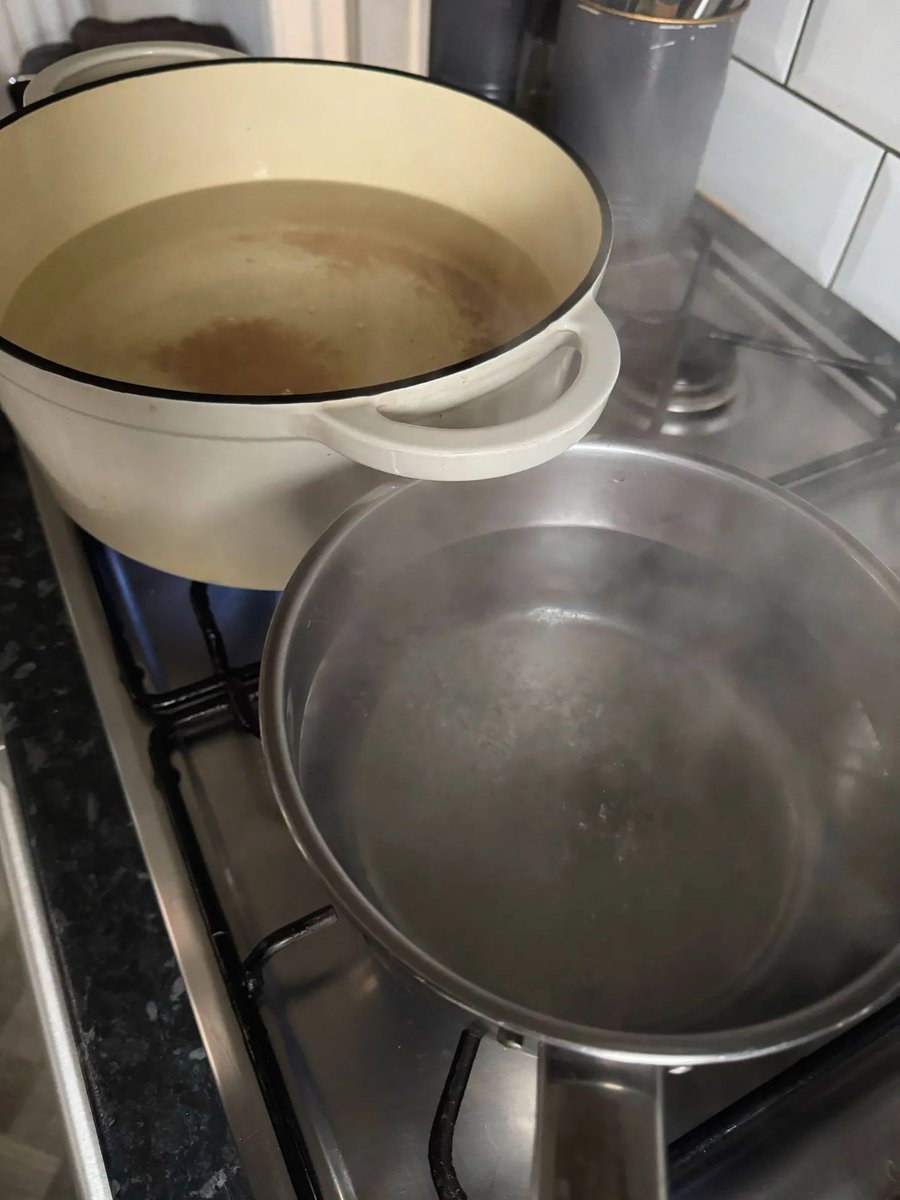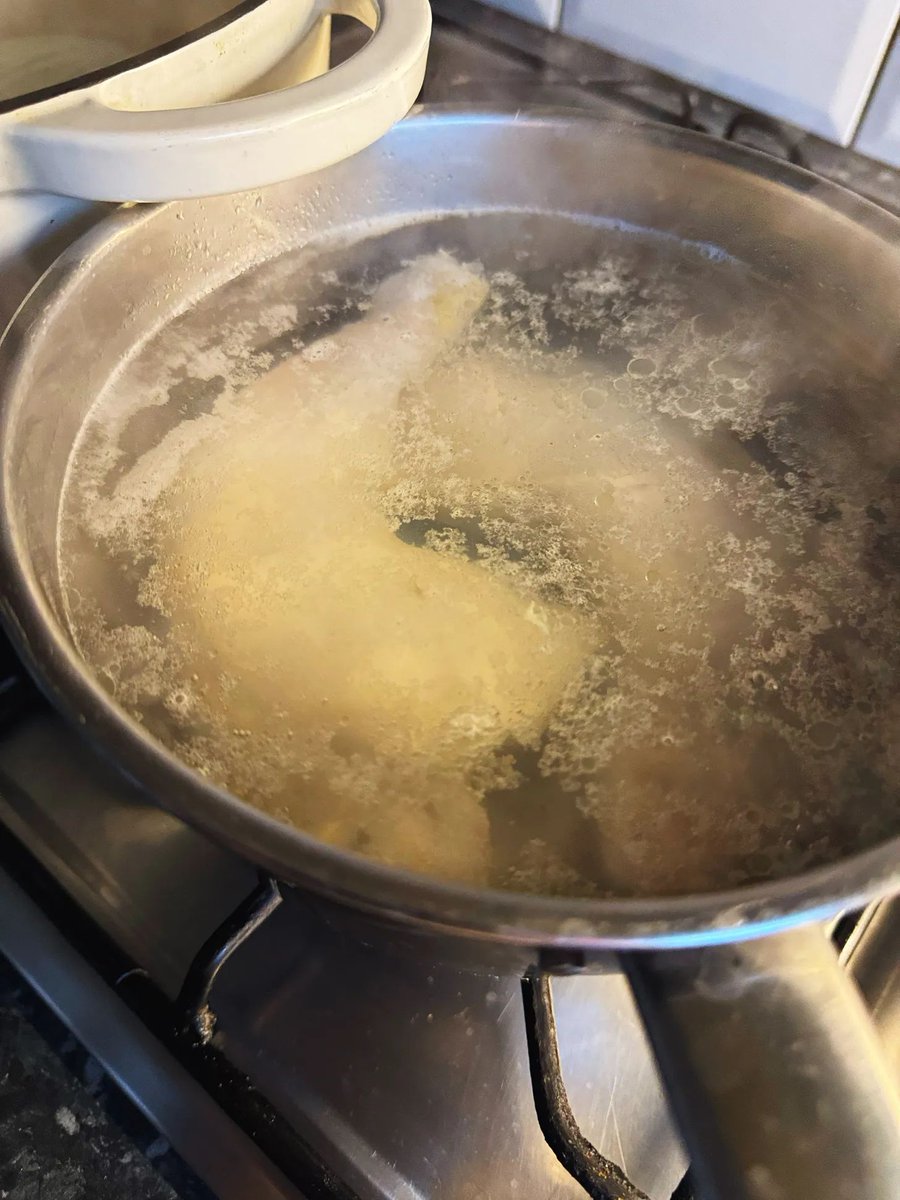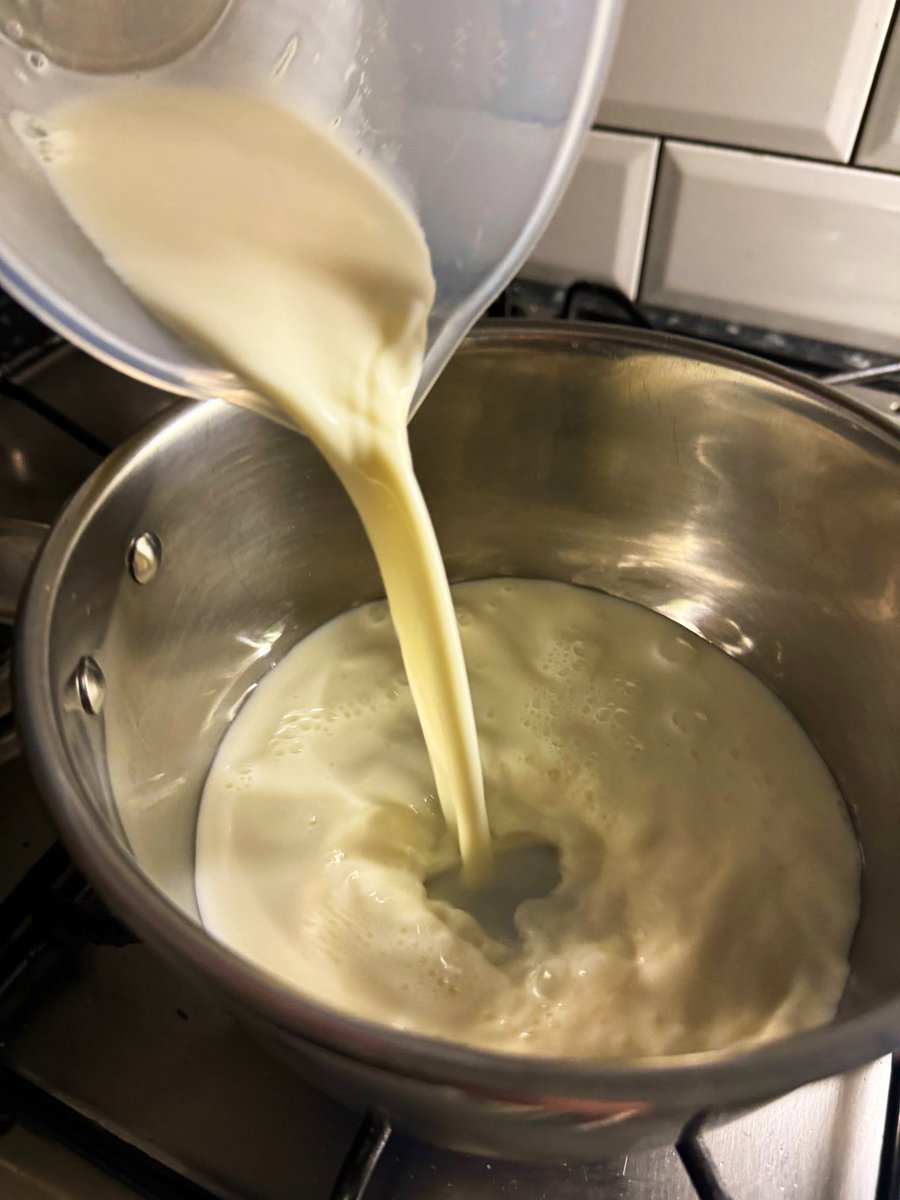Just returned from the Kashmir Superstore in South Leeds which sells everything Indian & Pakistani. I started my chef career here; the first restaurant kitchen I cooked and trained in was Punjabi. Let me show you around and tell you what you need for anything SOUTH ASIAN - you’re going to need a trolley for this one! 🇮🇳 🇵🇰

First of all, let’s talk RICE. Ditch the supermarket rice, buy it someplace where it’s being bought often. If you’re going for basmati rice, you’ll find many brands but South Asian families tend to be loyal to a particular brand. If you want to be showy, get the extra long rice, which is especially adored in Pakistan, Iran and Afghanistan. And not to worry, you can buy smaller quantity packs. If you go for one basmati rice, I personally recommend choosing a basmati rice that has ‘Pakistani’ anywhere on the bag. Generally, if there’s Arabic script on the bag, it’s likely Pakistani. Pakistani rice goes through an ageing process, which hardens the rice and develops an exquisite aroma. Because of the risk of pest contamination during ageing, you’ll pay more but it’s worth it. You’ll also see some bags of rice with the number ‘1121’ written proudly on the bag - this is a particular breed of basmati rice which is known for its superior quality.



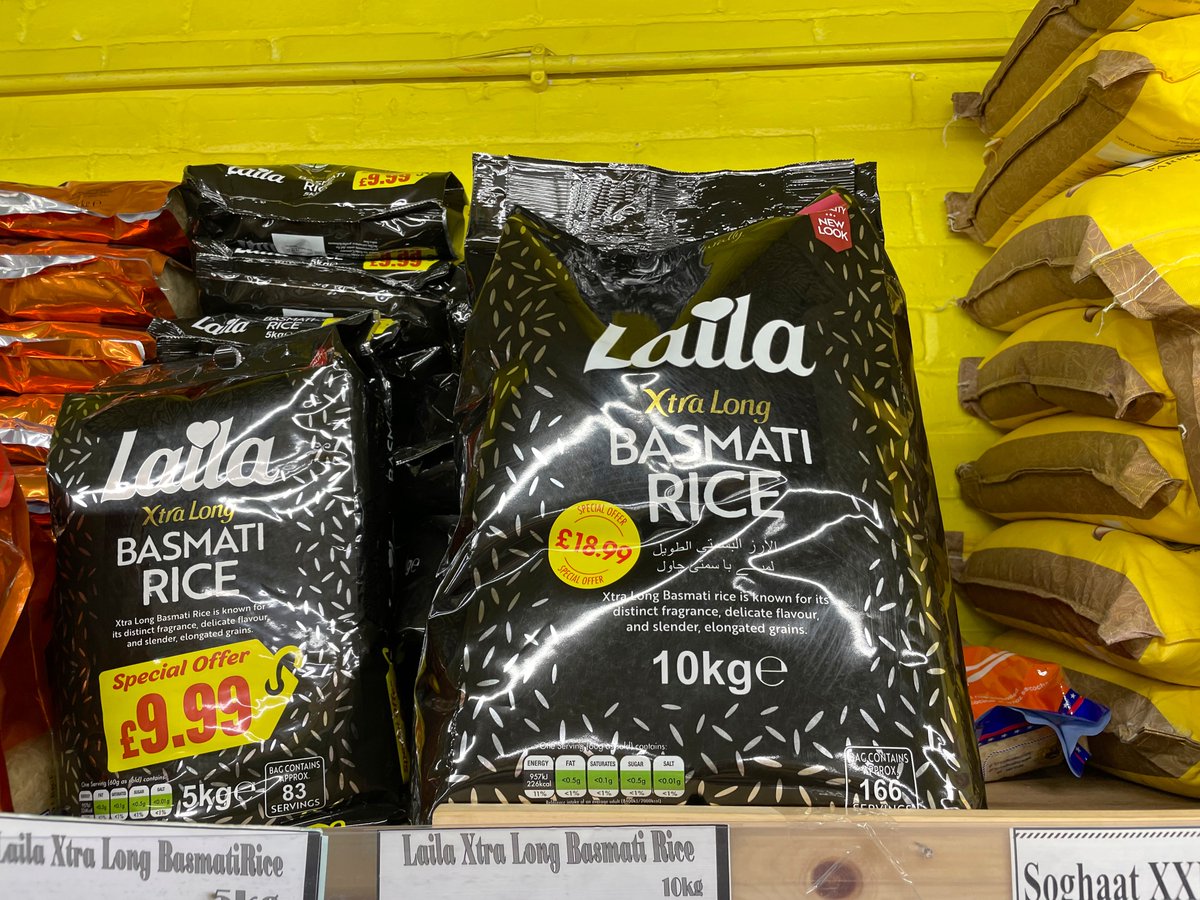
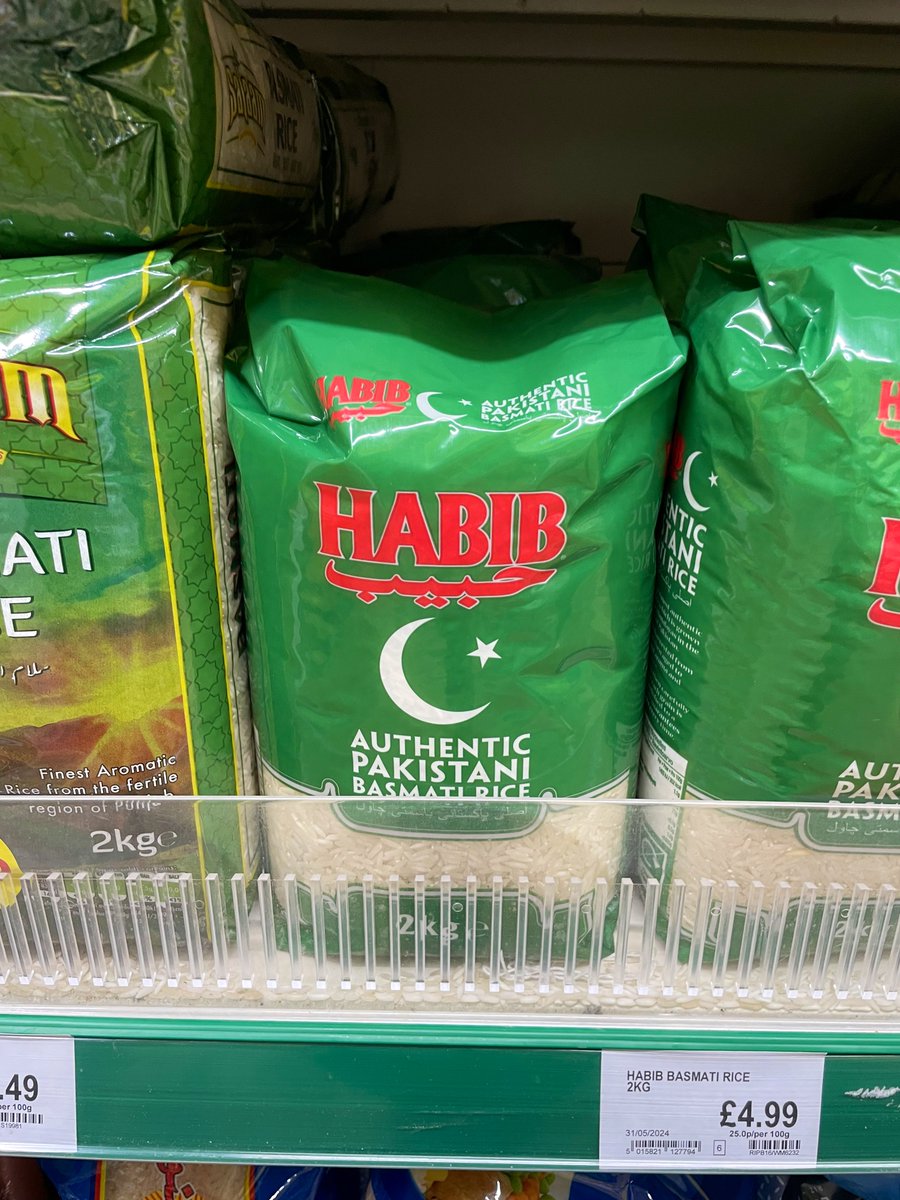
Let’s go south now, and explore sourness. You’ll find TAMARIND called for in many Indian dishes, especially in the south. You’ll find tamarind used in various forms and they’re not all interchangeable. Here you’ll see three main forms: tamarind sauce, tamarind concentrate and tamarind pulp. Tamarind sauce is usually only 30% tamarind, and has lots of sugar and spices added. This is basically a ketchup, great for quick pickles and chutneys and for blobbing over bowls of chaat. Tamarind concentrate is the purer stuff, completely smooth and great when used in curry dishes. It’s extremely sour, which lends well to south Indian curry dishes like Chicken Chettinad which is deep brown and sour from lots of tamarind. Then you have the best - but the trickiest to use: tamarind pulp. This is pure, dried tamarind mulch, from the bean, which is also long-life. It’s gummy like toffee. You need to tug a piece off and soak it in hot water to soften and rehydrate it. I usually microwave it to hydrate it faster. Just remove any big seeds afterwards as they can break your teeth. The pulp is the long-life option if you won’t use it very often, whereas tamarind concentrate will eventually go off after opening. Tamarind is also used a lot in South East Asian dishes though so you’ll have plenty more options for it - add it to any Thai red curry instead of lime juice.



Now let’s talk GREEN CHILLIES. Green chillies offer heat but also a specific vegetal taste to dishes whether raw or cooked. Using a red chilli in its place can honestly change the whole experience of a dish for the worse. You’ll often find larger ‘bullet’ chillies which are actually just jalapeños. These are milder chillies and offer more vegetal flavour than heat if that’s what’s desired. Either side of the bullets you’ll see ‘Asian chilli’ and ‘Rocket Chilli’. These cause a lot of confusion because…they look identical! Their vegetal flavour is the same, but the ‘music’ of their heat is different. Asian chilli (or birds eye) have a building heat which sits at the back of the mouth. It’s a smoother heat. Rocket chillies have a more consuming, prickly heat, and these are the better option for South Asian dishes. If you get them jumbled up, rocket chillies tend to look a bit ‘lumpier’ on the surface, whereas Asian chillies (birds eyes) are smoother. Either way. Buy lots of each and freeze them - you can dice them straight out of the freezer! They don’t need to even see the fridge.

Next in the fresh produce: CURRY LEAVES. These are a fresh herb, but hardier and oilier and are often fried alongside whole spices at the base of Indian dishes. These are more of a South Indian flavour and have a long-standing medicinal use. You will also find curry leaves dried - they will offer more of a black tea-like flavour - a bit like the Asian equivalent of dried bay leaves (not the same as fresh). As a side note, do buy some dried bay leaves! Asian bay leaves are different to western ones. As for curry leaves, you can freeze the fresh ones - they’ll turn a bit black - but that’s fine.

Now BULK VEGETABLES. A lot of South Asian households don’t actually eat meat very often. The majority of home cooking is vegetable based, cheap and healthy. So here are a few home staples. ‘Kadu’ are small, squat Asian pumpkins. These often have a huge seed cavity, not lots of flesh, so buy more than you think you’d need! Next door is ‘kand’, this is purple yam, and you can cook and eat it like potato. Speaking of potato, in the other photo you’ll see a crate of ‘eddoes’ and ‘muki’. Eddo and muki are a root vegetable and are often used instead of potatoes in a lot of Bengali dishes. Think of ‘muki’ as the ‘new potato’ of the two. They both have a strong, nutty taste and great when sliced into coins, par-boiled separately then added into saucy seafood dishes of which the Bengal offers PLENTY! And finally, aubergines. A classic bulk vegetable. Asian aubergines taste much stronger - how aubergines used to taste before they were bred to be seedless…and flavourless. Whichever bulk vegetable you go for, a classic North Indian/Pakistani preparation is to make a ‘sabzi’ or ‘sabji’. This is the simplest of curry dishes, and involves just spices, oil, vegetables and water. Often no onions or garlic either. You can plug any vegetable into a sabzi/sabji and it’s very cheap to make.





Now for HERBS & GREENS. As mentioned earlier, most South Asian homes will lean more on vegetables for day-to-day cooking. The major daily greens will be ‘palak’ - or spinach. This is a mature spinach. Most supermarkets now only sell juvenile baby spinach which doesn’t stand up to cooking well at all. Proper ‘palak’ like this will retain its water content better and preserve a fresher taste, even after a sustained blast of cooking. You’ll also find mustard greens, or ‘mustard palak’, which are spicy and grassy. You can even mix both ‘palaks’ together for a broader spectrum of flavour. Simply cooked in a spicy, tempered oil with lots of lemon, these are great with just roti and/or rice for lunch. Sure, paneer cheese is great in there too! These supermarkets are a great place to stock up on fresh herbs like coriander/cilantro. They’re more delicate and silky than supermarket varieties, and they’ll dry out fast. I recommend rolling them up in some dampened kitchen paper and keeping them in the fridge.





Next…COOKING OILS. You have two interesting ones to consider: ghee and mustard oil. Mustard oil is often used in the Bengal and Bangladesh, and offers a nice pungent taste to fish curries when used in sparingly. It can taste very bitter once heated so go gently, even offset it with another bland oil to calm it down. Make sure you buy a bottle that says EDIBLE mustard oil. Another kind of mustard oil is made for cosmetic use only and can make you very sick when eaten, and what’s crazy is they’re always stocked right next to each other! As for ghee, it’s probably the best cooking fat in Indian cuisine, used more generously in the North. It is clarified butter, and gives you all the flavour of butter without any of the burning qualities. Fluff it through pilau rice or lemon rice - brilliant! What I’ll tell you: make your own ghee, don’t buy it. Desi store-bought ghee is expensive and never tastes as nice, especially if you have access to European butter which offers much more flavourful butterfat. I’ve worked with people who’ll make their own tubs of ghee with Irish butter and ship it back home to India!



Now for LENTILS. Life has to be more exciting than eating greens everyday. That’s where lentils come in, or any pulses. There are many types of lentils, a whole lentil library in fact, with their various colours, flavours and…cooking times. The quickest to cook - and the most nutritious - are ‘masoor daal’ (Red Lentils). Buy them split, and they’ll cook in 15 minutes. In the middle end you have ‘Toor Daal’ (Split Yellow Peas) which make very filling, rich tadka daal, however they take longer to soak/cook. (Towards the upper end you have ‘Urud Daal’. These are popular for making Daal Makhni in the North of India and are incredibly creamy and tasty when cooked. You’ll either get these ‘skin-on’ on ‘skin-off’, and when the skin is on they taste great, but boy they take forever to cook! If you want to get into lentils, do invest in a pressure cooker. It’ll make your life easier. You’ll be able to buy one in most South Asian stores while you’re at it (just check they have all the right safety features!)



We’re finally talking about MASALAS. I’ll get into spices specifically next; but if you’re a casual Indian/Pakistani food enthusiast you won’t want to buy a whole host of spices right away. For that, you have ready-made masalas. These are your key to getting straight into desi dishes you like. You’ll often find a ‘chaat masala’ which is great for salads, various styles of biriyani masala if you tend to make biriyani a lot, and pilau spice blends for rice dishes. They taste alright. Some are hit or miss. These are particularly great if you don’t want to spend a load on spices right away, don’t cook that often, have limited space or if you’re cooking away from home.



Now for SPICES. This first round I’ll mention special spices that you need. Next I’ll talk about special spices that you’ll ✨ want ✨. First, ‘kasoori methi’ (methi leaves). Often times when people make Indian dishes and they don’t taste or smell like restaurant versions; this is the spice that’s missing. They’re dried fenugreek leaves and they’re very strong. A murgh makhni (Delhi Butter Chicken) will not taste the same without methi leaves crushed into the gravy at the end. Then there’s ‘asafoetida’ (or ‘hing’) which is a highly potent, oniony seed spice. This is often used in place of onions and garlic in South Asian dishes. In old Ayurvedic philosophy, which many South Asians still live alongside, onions and garlic create ‘heat’ in the body which is sometimes undesirable or inappropriate. In their place - and sometimes even along with them - asafoetida will be used (and in very small amounts, it’ll take your eyebrows off!) Next, Kashmiri chilli powder. This isn’t stocked by many mainstream supermarkets, but it’s probably the key spice when tempering your oil for many South Asian dishes. You could use cayenne pepper, but you won’t get the bold colour that Kashmiri chilli promises (and don’t use paprika, it doesn’t have the taste or oil-interaction that a chilli powder has.) Do buy some small packs of whole, dried chillies while you’re here too. A lot of South Asian dishes will start off with them. And one more, black cardamom! These look like baby coconuts and taste miles away from usual, green cardamom. They’re used a lot in Northern India, Pakistan and beyond and offer tonnes of smoky flavour to rice dishes and biriyani. Just one pod thrown into a pot of rice will elevate it to Tom Ford levels of rice perfumery!







Now the ✨ special✨ spices. First up, amchoor! Amchoor are sour, unripe mangoes which are sundried. You can get these whole or dried. They add an astringent, sour, fruity flavour to vegetable curries and will make any vegetable (and fruit) taste like sunshine. The powder can be added to dressings, and if hydrated in hot water, the whole amchoor can be diced and added into chopped salads like kachumber. Next, anardana. This is a brilliant spice. They’re dried pomegranate seeds, ground to a powder (and sometimes sold as whole seeds). They offer a sweet & sour, fruity taste. These are great in most red meat, fish and vegetable dishes, and are a great salve for rich, oily meat dishes that use lamb or mutton. These dishes, one like Afghan Lamb Qorma, can be difficult to season effectively with salt because of it’s oiliness. That’s where anardana comes in, to cut through it and make your mouth water. Less indigestion then too. Then we have Ajwain (sometimes called Carom seed). This is a seed spice that can be toasted and infused into oil or ghee, and fluffed through rice or spread on rotis/chapatis. It’s very food for you and a lot of Indians reckon it combats indigestion from oily foods. And finally, a fun one: tukmaria. These are holy basil seeds, and are just like chia seeds! They’re incredibly good for you, and add gently jelly pearls to creamy Indian and Pakistani drinks like Falooda and Rooh Afza, or even just to a cold glass of lemonade.







We’re near the end. Let’s talk BREAD & PASTRIES. Poppadoms (or pappad)? You’re sorted for fresh poppadom dough! They’re nicer freshly cooked anyways, and the raw pastry can be used as a makeshift pastry case too, think poppadom tartlets. Now for all your favourite pastries - it’s gonna be a samosa - they’re frozen and ready to go for parties! Next door you’ll find parathas - my favourite Indian carb. You can actually put these straight into a pan, frozen, and fry them to a buttery crisp. It’s flaky, like roti meets a croissant. I always make mine from scratch, and eat them with butter and jam or condensed milk! Now to make these from scratch you’d need flour, which will explain the difference between a roti and a chapati. A roti can be made out of any white, wheat flour. The minute you add a fraction, or even all chapati flour, it’s now a chapati. What’s chapati flour (labelled as ‘chapati atta’)? Chapati flour is a wholegrain wheat flour, that’s all. It has a deeper, wheaten flavour. However, it’s more finely ground than most wholewheat flour you’ll find at the regular supermarket, which makes it easier to roll and stretch your chapatis.







Hope you enjoyed this thread! I really love sharing them with you. I’d like to tell you that I’ve started my own little online recipe magazine: COOK’S INSTINCT. I’m going to be sharing all my full recipes there (as well as here too of course). There will always be free recipes, but you can subscribe for a really small amount (£3.50 a month) for lots more of my recipes and guides each week sent directly to your email inbox. It’s great. I’m currently out of work, and I’d really like to do this all of the time. So I’d love your support with it. t.co/XtF288ebiB

• • •
Missing some Tweet in this thread? You can try to
force a refresh



